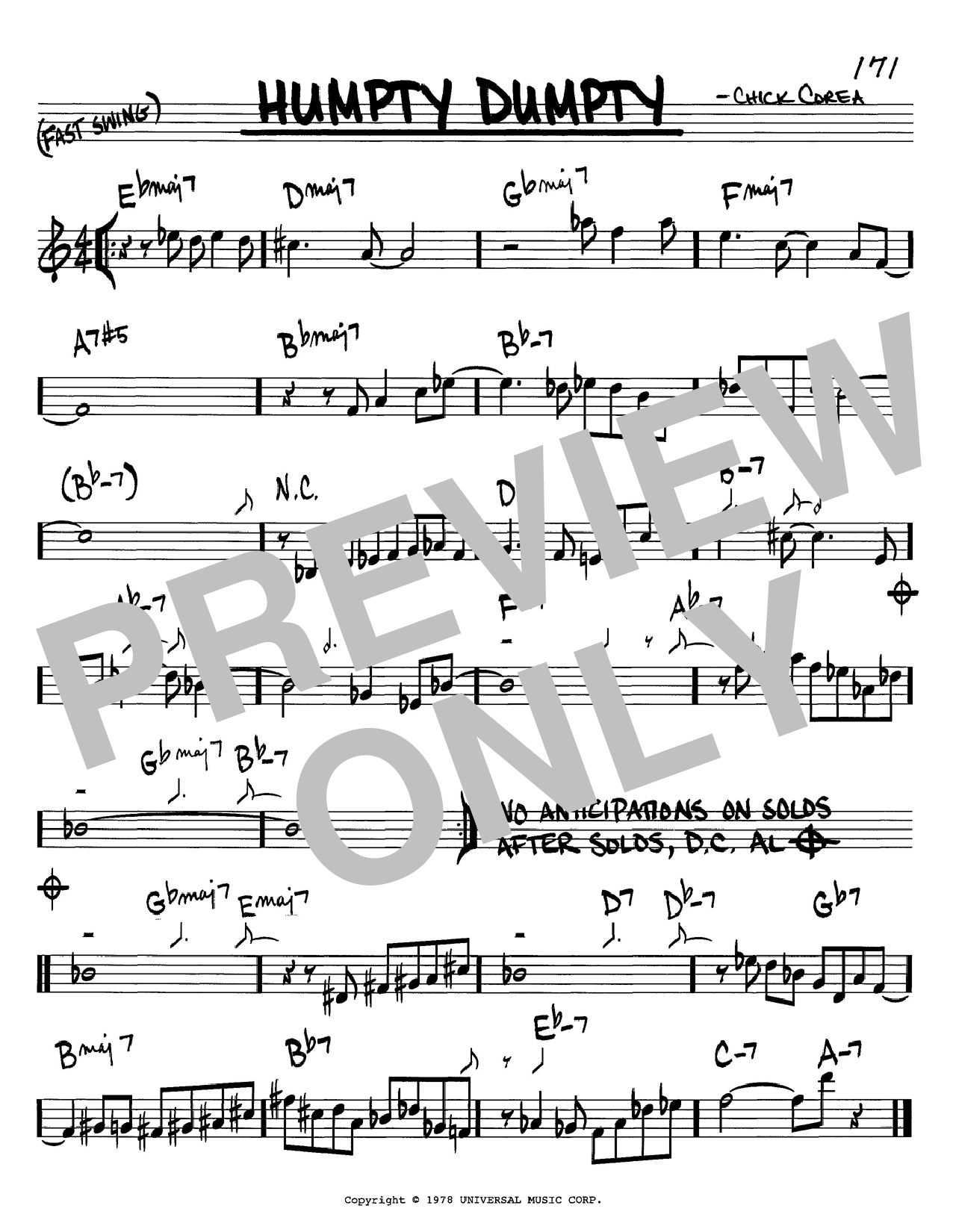Sep 04, 2006 This is an old favourite; Chick Corea’s solo from Spain as recorded with Return to Forever in 1972. ChickCoreaSpain.pdf I can’t guarantee its complete accuracy, and you’ll note that I’ve gone for the approach of notating rhythmically as it sounds against the beat (so anticipated/swung beats appear as heard). Transcriptions of Chick Corea's jazz piano solos including Spain, Childrens Song, La fiesta, Sometime ago, Windows, 500 miles hight.
Chick Corea Transcription Pdf Writer Pdf
Birth name: Chick Corea or Armando Anthony Corea Years active: 1962–present
|
Chick Corea - Armando's Rhumba Chick Corea - Blues for Art Chick Corea - Eternal Child Chick Corea - Ezinda Chick Corea - Friends Chick Corea - Humpty dumpty Chick Corea - Inside out Chick Corea - La fiesta Chick Corea - Lush Life Chick Corea - Nite sprite Chick Corea - Now He Beats The Drum, Now He Stops Chick Corea - Prism Chick Corea - Second Sight Chick Corea - Side Walk Chick Corea - Sometime ago Chick Corea - Song Of The Wind Chick Corea - Steps - What Was Chick Corea - View from the outside Chick Corea - Windows |
Chick Corea: Matrix for piano solo (transcription), intermediate piano (transcription) sheet music. Includes an High-Quality PDF file to download instantly. Licensed to Virtual Sheet Music® by Hal Leonard® publishing company. Born Armando Anthony Corea in Chelsea, Massachusetts, USA, on June 12, 1941, Chick began studying piano at age four. Chick Corea is one of the most prolific and acclaimed of jazz artists from the second half of the 20th century, with contributions to most forms of modern music, including straight-ahead jazz, electric fusion, avant-garde and orchestral music. Chick Corea's 75th birthday, Corea and John McLaughlin, Blue Note Jazz Club, New York City, 10 December 2016 A new group, the Five Peace Band, began a world tour in October 2008. Corea had worked with McLaughlin in Davis's late 1960s bands, including the group that recorded Davis's album Bitches Brew.
All Chick Corea transcriptions you can order by email and download in PDF, MIDI, SIB, MUS, XML and etc [digital formats]

Copy Citation

Export Citation
Monthly Plan
- Access everything in the JPASS collection
- Read the full-text of every article
- Download up to 10 article PDFs to save and keep
Yearly Plan
- Access everything in the JPASS collection
- Read the full-text of every article
- Download up to 120 article PDFs to save and keep
Purchase a PDF
How does it work?
- Select the purchase option.
- Check out using a credit card or bank account with PayPal.
- Read your article online and download the PDF from your email or your account.
- Access supplemental materials and multimedia.
- Unlimited access to purchased articles.
- Ability to save and export citations.
- Custom alerts when new content is added.
This article begins by responding to Steven Strunk’s “Tonal and Transformational Approaches to Chick Corea’s Compositions of the 1960s.” It initially uses the work of Proctor, Satyendra, McCreless, and Cohn on diatonic and chromatic tonalities and suggests that Chick Corea’s compositions of the 1960s formed part of a broader, postbop, harmonic practice that emerged in the wake of tonal jazz practices of the first half of the century. In contrast to Strunk’s view of Corea’s “Windows” and “Litha” as unambiguously monotonal, I suggest that their harmonic progressions challenge or erode hierarchies of tonal organization. These single-section compositions (that is, they do not contain the repeated sections heard in AABA or ABAC song forms) blend cyclic transpositional schemes along with more functional progressions. The result suggests a heterarchical, rather than strictly hierarchical, view of harmonic organization. The article then examines ambiguous harmonic progressions in two other Corea compositions. In “Song of the Wind,” an ic4 transpositional schema appears in the melodic dimension. Rather than supporting the ic4 schema, the accompanying harmonic progression instead relies on a particular set of harmonic substitutions. It thus provides a second-order grammar in lieu of a first-order grammar that would be provided by an ic4 transpositional schema. “Inner Space” combines four schemata, two of which similarly rely on a second-order grammar that arises through substitutions. The article closes by considering these substitution principles in light of Strunk’s substitution sets (Strunk 1979), and by viewing points of contact and friction between evolutionary views of European harmony and of jazz harmony.
Stay current on all aspects of music theory with Music Theory Spectrum, the official print journal of the Society for Music Theory. The journal includes feature articles and book reviews on all topics that intersect with music theory and analysis, such as aesthetics, the history of theory, linear analysis, atonal theory, networks, and narratology. Periodic special issues encourage contributors to delve deeply into one area of musical study. Published twice yearly, Music Theory Spectrum maintains the highest standards of acceptance and is recognized as one of the foremost journals in the field.

Spain Chick Corea Pdf
Oxford University Press is a department of the University of Oxford. It furthers the University's objective of excellence in research, scholarship, and education by publishing worldwide. OUP is the world's largest university press with the widest global presence. It currently publishes more than 6,000 new publications a year, has offices in around fifty countries, and employs more than 5,500 people worldwide. It has become familiar to millions through a diverse publishing program that includes scholarly works in all academic disciplines, bibles, music, school and college textbooks, business books, dictionaries and reference books, and academic journals.

This item is part of JSTOR collection
For terms and use, please refer to our Terms and Conditions
Copyright © 2016 Oxford University Press on behalf of The Society for Music Theory
Request Permissions
